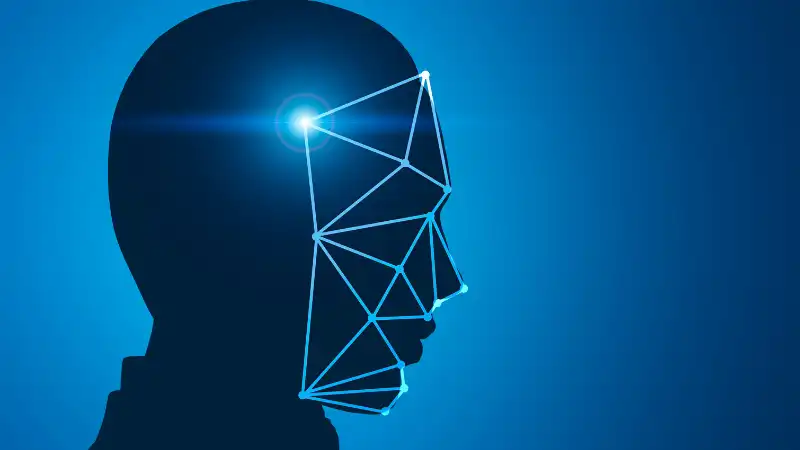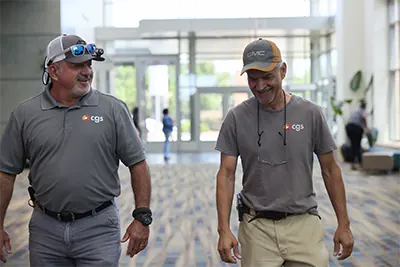
In today's world, ranging from office buildings and school campuses to hospitals and retail centers, facial recognition is becoming a mainstay in modern commercial security cameras. The ability to recognize individuals in real-time, automate access control, and flag unwanted visitors sounds like a dream to security teams.
That said, not all facial recognition cameras are the same. Some cameras perform well in perfect lighting but struggle in darker conditions (and vice-versa), while others raise concerns around privacy, integration, or durability.
In this article, we'll walk you through what facial recognition security cameras actually do, what to consider before deploying them, and which systems stand out in real-world commercial environments.
Commercial security cameras with facial recognition "see" people and identify them. With AI-powered algorithms, these systems analyze facial features in real-time, compare them to a database of known individuals, and trigger actions or alerts based on rules you define.
That said, it's important to understand the distinction between three related technologies:
In commercial security cameras, recognition is typically used for:
Modern systems can process multiple faces simultaneously, even in motion, and often work in tandem with other smart technologies like video intercoms, door controllers, or alarm systems.
Adding facial recognition to your security stack is about understanding how the technology fits your goals, space, and infrastructure. Here are five critical questions to ask before you invest:
Cameras placed in poorly lit entryways or exposed to glare from glass doors may struggle to capture usable images. Likewise, wide angles and motion blur can reduce recognition accuracy.
CGS Tip: Look for systems designed for real-time recognition in challenging environments and test before deployment.
Not all commercial security cameras integrate seamlessly with your current access control or video management system (VMS). Some require proprietary software, while others play nicely with open platforms.
Here are some questions to ask:
In some states and sectors, facial data is sensitive and legally regulated. Schools, healthcare facilities, and other public buildings may have additional privacy requirements.
CGS Tip: Choose vendors that support GDPR- or CCPA-compliant practices, including user consent, encrypted storage, and audit trails. CGS can help you understand what's allowed in your state or industry.
Will you need to manage multiple buildings or entry points? Can you push facial data to all locations from one dashboard? Cloud-based systems offer more flexibility, while on-prem solutions may be better for highly secure environments.
Facial recognition relies on AI that needs to be continuously trained and updated. Some vendors push updates regularly, while others abandon platforms within a few years.
Look for:
Facial recognition can be a powerful tool, but like all technologies, it's not one-size-fits-all. Before investing, it's important to ask: what problem are you solving?
Facial recognition is a good fit when you need:
Commercial security cameras with facial recognition might be a good idea in these locations:
Facial recognition may not be ideal if:
Sometimes, a card reader or keypad works just fine, especially in small businesses, temporary facilities, or sites with a high turnover of visitors.
Bottom line: Facial recognition is most effective when it solves a real operational or security problem, and not just for the sake of technology.
Facial recognition can enhance your security, streamline access, and provide your team with greater situational awareness, but only if it's implemented correctly.
At Carolina Georgia Sound, we help organizations across the Southeast choose, configure, and integrate facial recognition systems that actually deliver results. We'll guide you through your available options, help you navigate the legal side of things, and design a system that balances performance, privacy, and cost.
Considering facial recognition technology for your facility, but not 100% sure how to go about it? Contact CGS today for a consultation.

Fill out this form to schedule a call or in-person meeting.